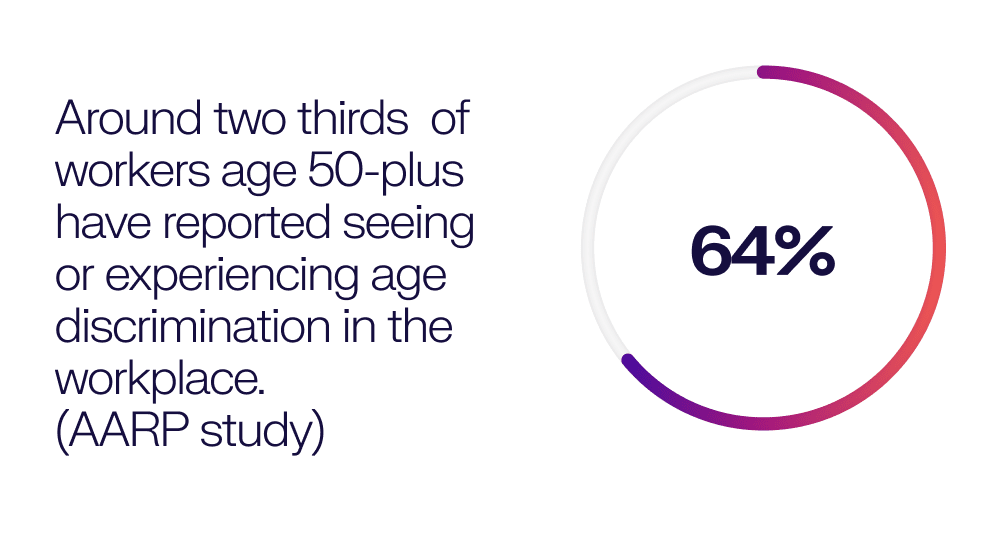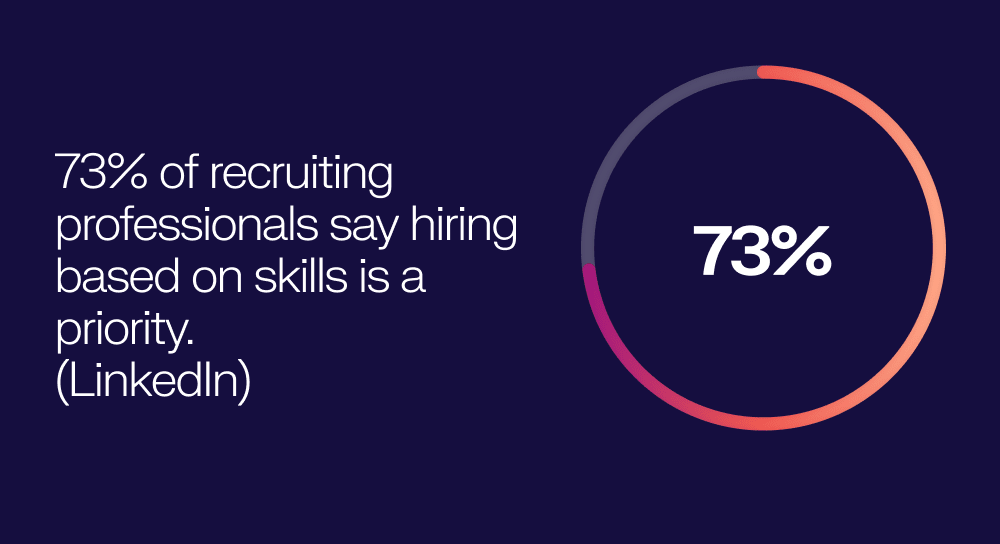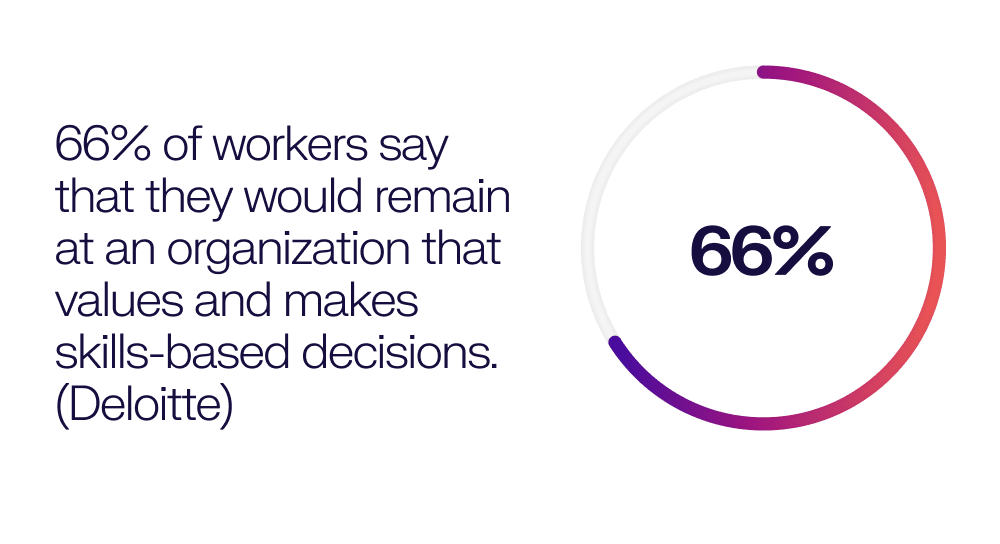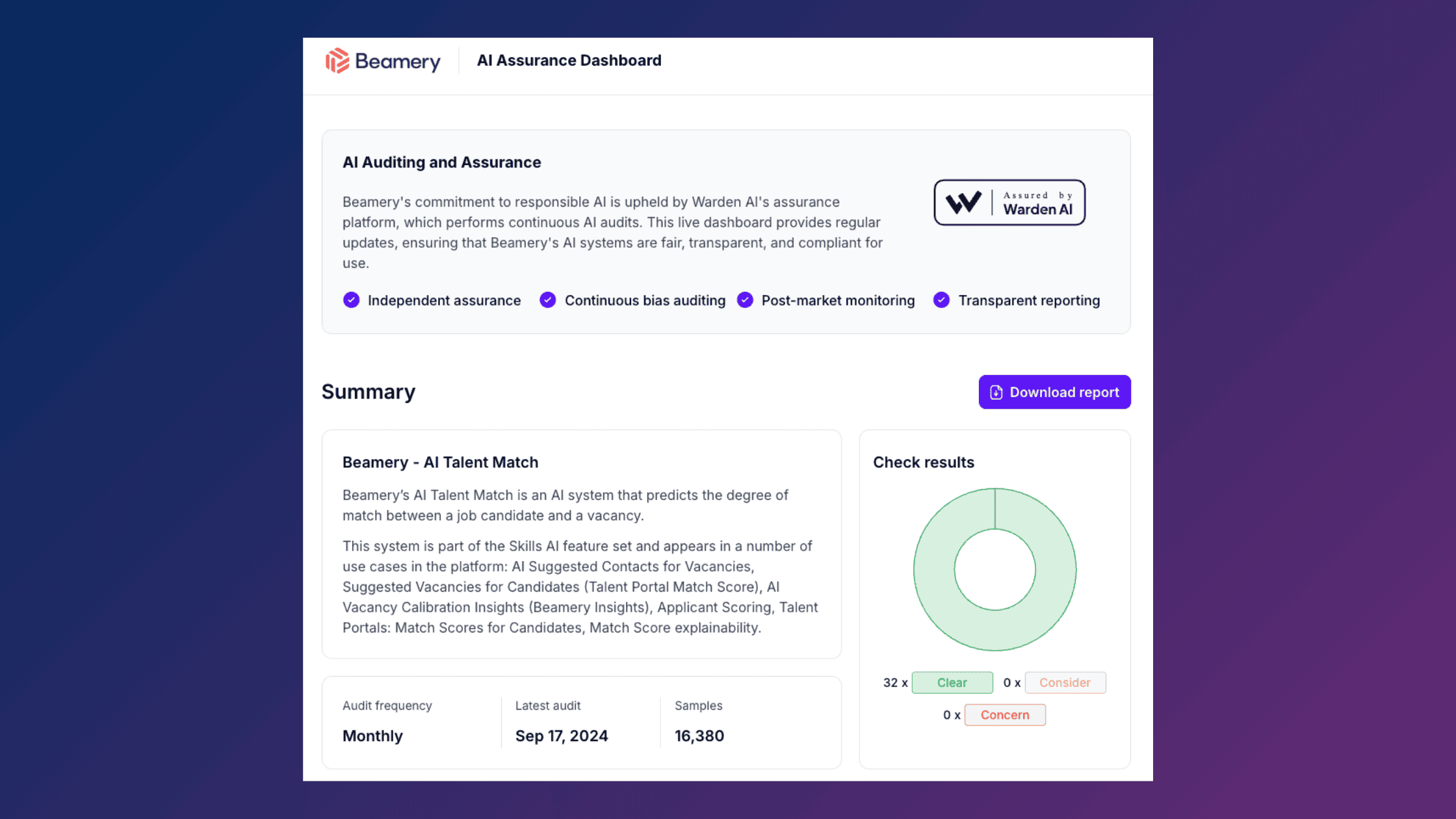Age Diversity At Work: Strategies To Combat Bias
Age discrimination in hiring and workplace practices is a significant global issue. Older workers face barriers to employment, promotions, and career development. A Bureau of Labor Statistics (BLS) study reveals that older job seekers face a 36% lower callback rate than younger applicants, and take twice as long to find new employment, according to the OECD.

This is not just a problem for qualified, experienced professionals – it’s a missed opportunity for businesses.
As the World Economic Forum (WEF) notes, we’re entering an era of unprecedented age diversity in the workplace. In 2023, around one in five (19%) Americans aged 65 and older were employed — nearly double the share from 35 years ago. (Pew Research) 13% of retired workers exited retirement — a five-year high.
With skills gaps widening and technologies evolving rapidly, ignoring this talent pool is not an option. Businesses need all hands on deck to navigate the future of work.
The growing role of AI in recruitment adds another layer of risk. AI systems can perpetuate or even amplify age discrimination if not designed and monitored responsibly. For example, iTutorGroup, an English tutoring company, was fined $365,000 for using AI to systematically reject candidates based on age – the first U.S. lawsuit of its kind.
So, how can organizations effectively address age bias in recruitment and beyond? (Hint: AI isn’t actually the enemy…)
Rethink & Reframe Work
Now is the time to plan ahead, and invest in the right tools to adapt – not just for the sake of inclusion, but for long-term workforce sustainability.
To embrace an age-diverse workforce, businesses need to challenge traditional models of work, and of career progression.
The first step is recognizing that the way we work has fundamentally shifted. Organizations must move away from rigid, one-size-fits-all career paths and embrace flexibility at every stage of the employee lifecycle.
This might involve offering hybrid roles, phased retirement options, or part-time positions that support employees with diverse needs and priorities.
Additionally, consider redefining the concept of a “job” itself. By breaking down roles into their core tasks and the skills required to perform them, companies can create opportunities for employees to contribute in ways that align with their unique strengths.
This shift from viewing jobs as static entities to dynamic collections of skills is key to fostering a more inclusive environment – and to filling skills gaps efficiently, effectively and equitably.
Finally, adopt a skills-first approach when evaluating talent. Instead of relying on traditional markers like tenure or job titles – which can unintentionally reinforce age bias – focus on assessing what candidates can do today and what they’re capable of learning tomorrow.
Building a talent database that centers on skills, rather than credentials, creates a fair and objective foundation for hiring and career progression.

Embrace Technology
While technology can amplify bias, it can also serve as a powerful tool for creating more equitable hiring practices – when used thoughtfully.
AI can help organizations move beyond superficial matches based on job titles or tenure. Instead, tools that focus on skills-based matching can highlight what a candidate is truly capable of, opening doors for those who might otherwise be overlooked.
Do conduct regular audits of AI systems to ensure they aren’t inadvertently replicating historical patterns of age bias. This means scrutinizing the data these systems are trained on, and continuously refining algorithms to prioritize fairness and inclusivity.
Tracking diversity metrics throughout the hiring process is another essential practice. By analyzing where gaps or drop-offs occur, you can pinpoint areas for improvement and refine your strategies to engage underrepresented talent pools effectively.
Redesign Recruitment
To tackle age bias, organizations must overhaul their recruitment processes to reflect inclusivity at every stage.
Start by examining the public face of your organization: your employer brand. Representation matters, and showcasing employees of all ages in recruitment campaigns (and internal communications) signals to potential candidates that your workplace values diversity.
When crafting job postings, avoid language that might inadvertently discourage older candidates. AI tools can assist in identifying and removing age-biased phrases, ensuring job descriptions are appealing and accessible to all age groups.
During the screening process, consider implementing blind hiring practices to reduce the influence of unconscious bias. For example, removing graduation dates or other age-related identifiers from resumes can help hiring managers focus on skills and qualifications.
Structured interviews are another powerful way to level the playing field. By asking consistent questions across all candidates, organizations can minimize subjective judgments and ensure a fair evaluation process.
Additionally, forming age-diverse interview panels can introduce a broader range of perspectives and counter potential biases.
Finally, shift the emphasis from seeking “cultural fit” to identifying “cultural add.” Rather than hiring candidates who simply align with the status quo, look for individuals who bring fresh perspectives and unique experiences to your organization.
Enhance The Employee Experience
An inclusive workplace doesn’t end with recruitment; it extends into every aspect of the employee experience. Retention is as critical as hiring when it comes to combating age bias and fostering a multigenerational workforce.
One key area is continuous learning. Offer reskilling programs, returnships, and opportunities for lateral career shifts to help employees stay competitive and engaged at any stage of their careers.
Fair compensation and equitable access to promotions are also crucial. Employees of all ages should feel they have meaningful opportunities for growth and advancement.
Invest in programs that support physical and mental well-being. From ergonomic workspaces to flexible health benefits, these initiatives help employees perform at their best, regardless of age.
Think about how you can promote cross-generational collaboration through mentorship programs, team projects, and knowledge-sharing initiatives. These efforts not only strengthen teams but also break down stereotypes and foster mutual respect among employees of all ages.

Let Beamery help
Trust the AI-powered talent platform that truly leads the way when it comes to reducing bias. We have worked with Warden AI, who offer independent, external validation of AI systems, to confirm that our tools can be used compliantly and fairly.
They conduct Disparate Impact assessments (i.e., does an AI system disproportionately affect certain age groups) and Counterfactual Analysis, which examines how changes in demographic details – such as age – might alter AI outcomes.
Beamery not only gets excellent results around avoiding age bias, we also publicly share them, as part of our commitment to transparency. View our latest audit results in our AI Assurance Dashboard.
